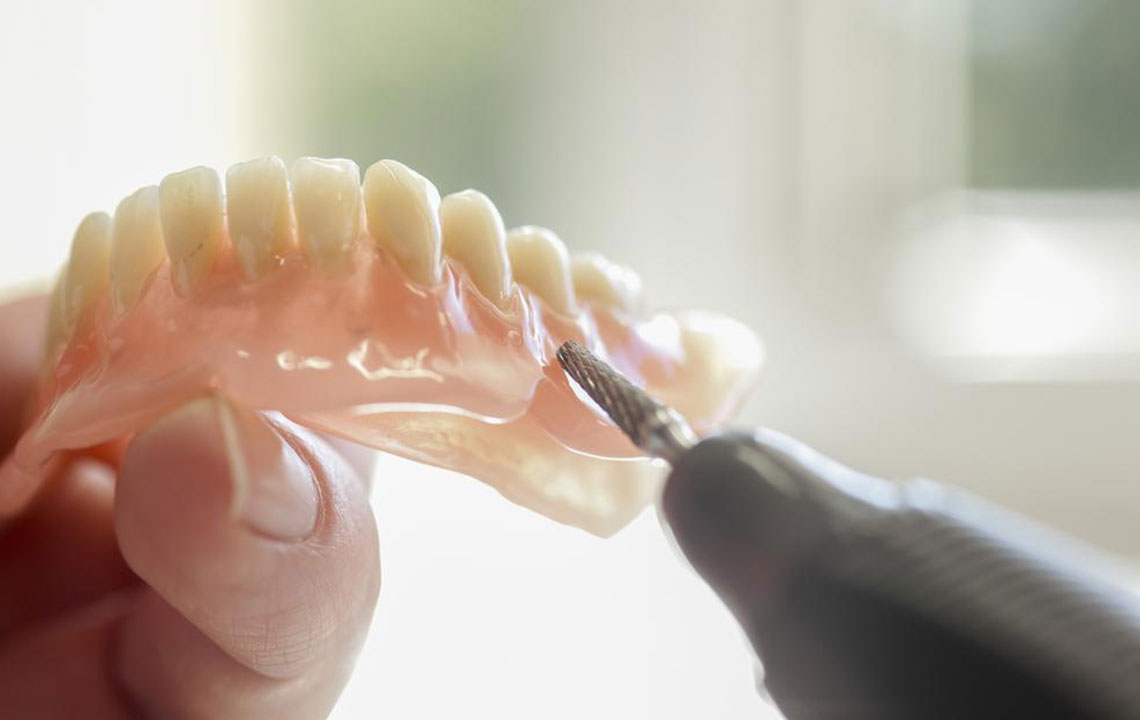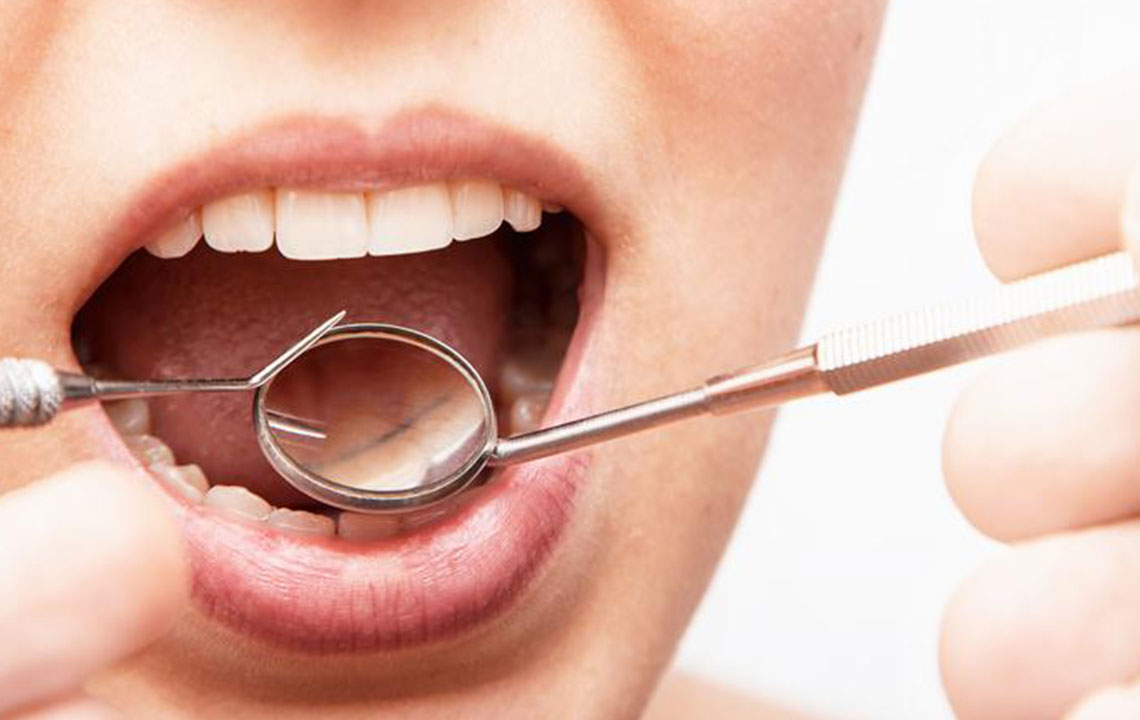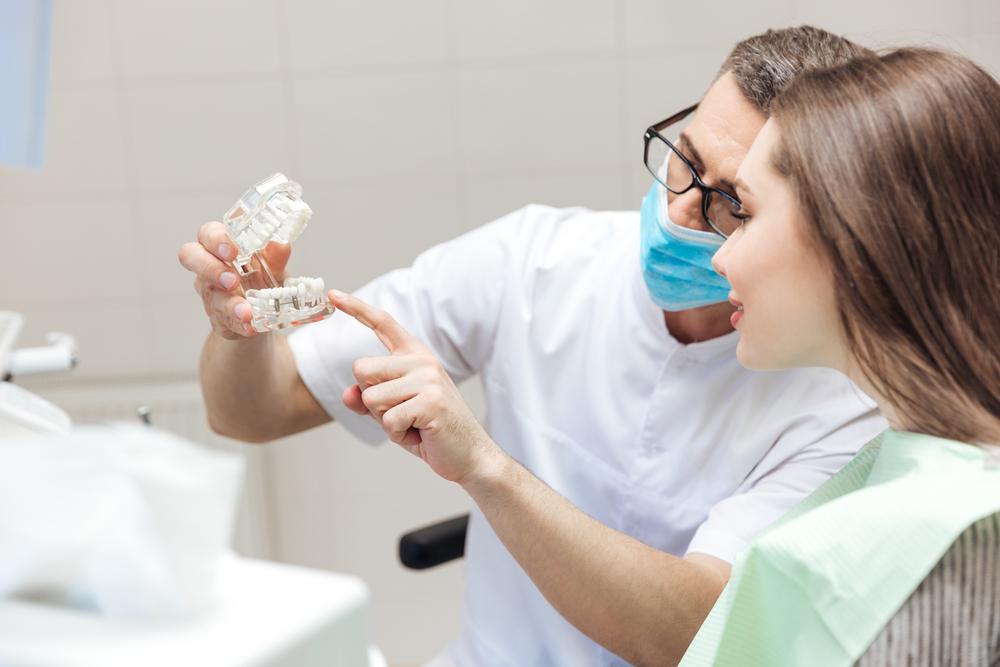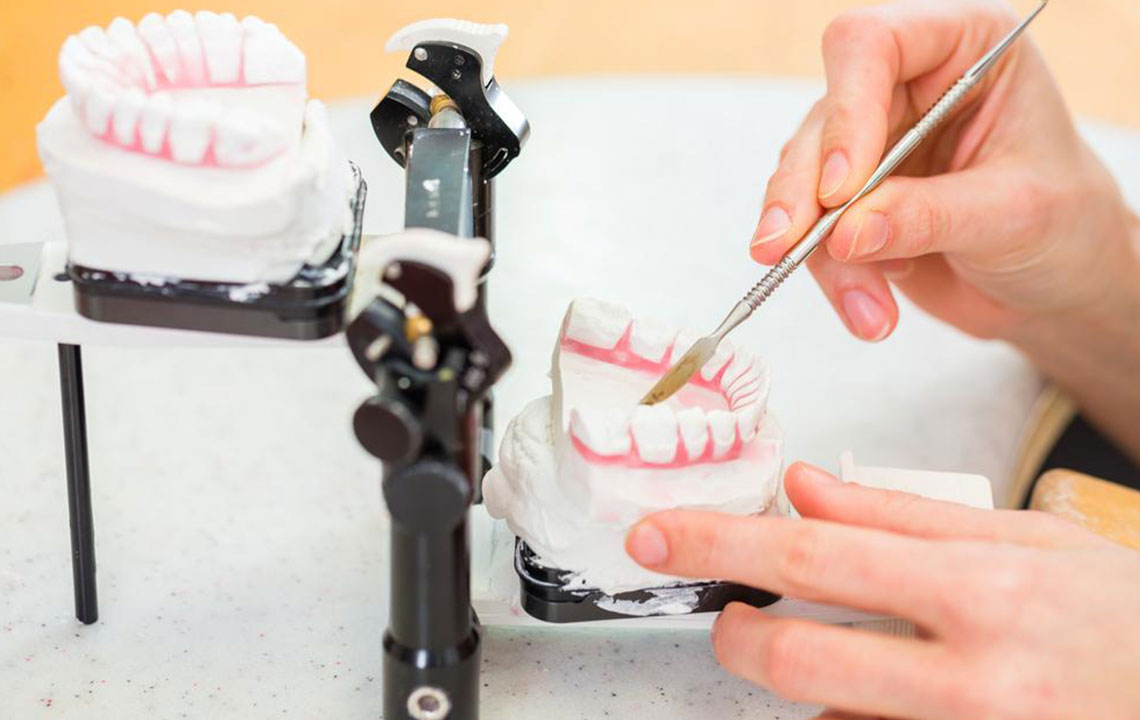Effective Strategies to Secure and Stabilize Your Lower Dentures for Better Comfort and Function
This comprehensive article offers detailed insights into enhancing the stability of lower dentures. It covers common causes of looseness, such as jawbone resorption and tissue changes, and explores various solutions from simple adjustments like relines to advanced implant-supported overdentures. Learn about the importance of regular dental checkups, the longevity of dentures, and effective treatment options to improve comfort, function, and confidence for denture wearers. Empower yourself with knowledge to address lower denture issues effectively and enjoy better quality of life.

Effective Strategies to Secure and Stabilize Your Lower Dentures for Better Comfort and Function
For many individuals who wear dentures, achieving a secure and comfortable fit, particularly for lower dentures, can be a persistent challenge. The lower arch tends to be more difficult to stabilize compared to the upper because of anatomical differences and the natural changes that occur over time in the jawbone and gum tissues. Frustration over looseness can impact daily activities such as speaking, chewing, and overall enjoyment of food, affecting confidence and quality of life. Understanding why lower dentures tend to shift or feel loose is essential to exploring viable solutions that restore both comfort and functionality.
Lower dentures often don't fit as snugly as their upper counterparts, mainly due to the unique anatomy of the mandible (lower jaw) and the presence of less surface area for suction and seal. The irregular shape and the loss of bone support over time cause the dentures to become less stable. The situation can worsen with age, as natural bone resorption and gum tissue changes can make existing dentures ill-fitting and prone to movement. The goal of denture stabilization is to improve the seal, stability, and retention, so wearers can enjoy their meals, speak clearly, and feel confident in their appearance.
One of the primary reasons for loose lower dentures stems from changes in the jawbone structure. As people age or experience tooth loss, the alveolar bone (the bone that supports the teeth) gradually diminishes. This resorption results in a reduced bony foundation for dentures, leading to looseness and potential discomfort. Additionally, the ridges in the lower jaw are typically less prominent than those in the upper jaw, making it inherently more difficult to achieve a tight fit with conventional dentures. Factors such as gum shrinkage, tissue volume reduction, and the lack of natural suction also contribute to instability.
Fortunately, there are multiple methods available to improve the fit and stability of lower dentures. These include simple adjustments such as relines, which reshape the fitting surface of the denture to match the current anatomy, as well as more advanced solutions like implant-supported overdentures. A reline procedure can often restore the seal and improve comfort, extending the functional lifespan of your existing dentures. In contrast, if the fit remains poor despite relining, a complete remake of the dentures may be necessary, which involves multiple visits to your dental provider for adjustments and fabrication.
Regular dental checkups are vital for assessing changes in your jawbone and ensuring your dentures fit properly. Over time, adjustments such as relines can prevent discomfort and improve stability.
Typically, dentures need replacement or reevaluation every 5 to 7 years due to continuous jawbone resorption and tissue changes.
When simple adjustments are no longer effective in providing secure fit or comfort, more advanced options should be considered. One of the most effective long-term solutions is the use of dental implants to support overdentures. This approach involves surgically inserting titanium screws into the jawbone, which serve as stable anchors for the denture. Over time, the implants fuse with the jawbone through a process called osseointegration, providing a firm and natural-feeling foundation that greatly enhances stability and prevents slipping during eating or speaking.
Implant-supported overdentures significantly improve the quality of life for denture wearers by offering increased stability, better chewing efficiency, and improved speech. They also help preserve the jawbone by stimulating the bone tissue, preventing further resorption that commonly occurs with traditional dentures. Though the implant process requires surgery and a healing period of 2-6 months, the long-term benefits outweigh the initial investment and effort. Regular maintenance and good oral hygiene are crucial for protecting your implants and prolonging their lifespan.
In addition to implants, other methods to secure lower dentures include using specialized adhesive creams, anatomical modifications, or partial denture options. However, these may only offer temporary relief or may not be suitable for severe bone loss situations. Consulting with a qualified dental professional is essential to assess your specific needs, explore the best options, and develop a comprehensive plan for optimal denture stability.
In summary, stabilizing lower dentures involves understanding the underlying causes like jawbone loss and tissue changes, and then choosing the most appropriate intervention—whether simple adjustments, rebasings, relines, or advanced implant protocols. Maintaining regular dental visits, practicing good oral hygiene, and being proactive about your dental health can significantly improve comfort, functionality, and overall satisfaction with your dentures. Ultimately, modern dental solutions such as implant-supported overdentures provide a durable, natural-feeling fit that restores confidence and quality of life for denture wearers.





